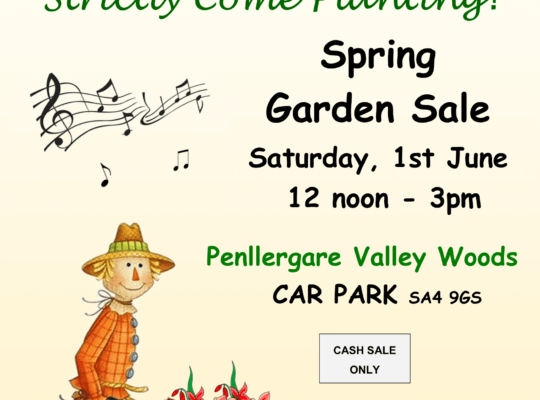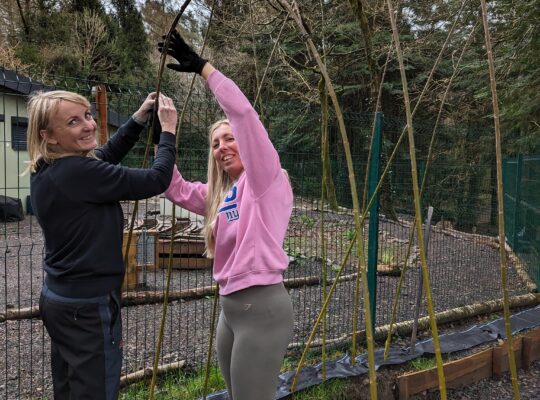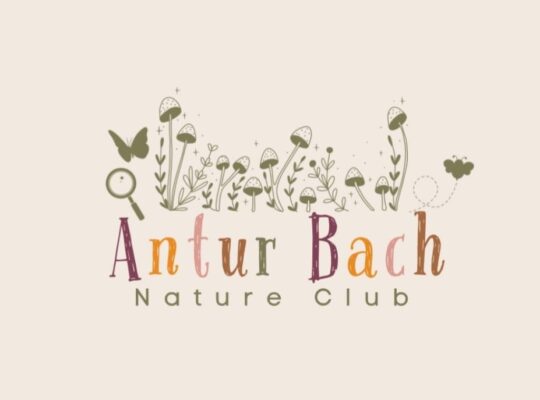The Aliens Have Landed
Our trustee Ciaran O’Brien explains how the aliens have landed here at Penllergare in his new blog on invasive species
Apparently, it was Invasive Species Week late last month. In Penllergare Valley Woods it seems to be Invasive Species Week every week!
There are approximately 3700 plant species growing wild in the UK, of which 1560 are native here. The rest are non-native species introduced to the wild in various ways over the last several centuries but often as “escapees” from gardens. To put this in context, gardeners in the UK have approximately 70,000 ornamental plants available to them to grow according to the RHS Plant Finder. So, while the number of non-native plant species getting established in the wild is a small proportion of all the plants grown here, and the proportion of those that become invasive is smaller still (about 10%), the rate at which this is happening is increasing and climate change is likely to make matters worse. Its worth bearing in mind that many non-native plant species are highly important – many of our most important food crops are not native to the UK.
The problem with invasives is that they can out compete our native species, often because, in their new environment, they are free from the predators that keep them in check in their native location. According to The GB Non-Native Species Secretariat – GBNNSS (nonnativespecies.org), invasive non-native species (INNS) are one of the top five drivers of global biodiversity loss, threatening the survival of native wildlife and damaging natural ecosystems. They are said to cost the UK economy about £1.7 billion per year!
The most significant INNS in Penllergare are Rhododendron ponticum and Himalayan Balsam (Impatiens glandulifera)– the woodland volunteers are well aware of the challenges posed by these invaders! We’ve also got stands of Cherry Laurel (Prunus laurocerasus), Japanese Knotweeed (Fallopia japonica), various bamboos and a lot of Parrots feather (Myriophyllum aquaticum) in the Upper Lake. A huge amount of volunteer effort goes into trying to control the first two in this list and we have been aided this year by the clearance of rhododendron from the PAWS sites, funded by the Local Places for Nature Fund.
Of course, there are lots of other non-native plants and trees in the Valley which are not invasive and add to the beauty and unique character of the place.
The control of INNS is not just for large scale land managers – gardeners have a role to play too. The GB NNSS website has lots of information and guidance for gardeners and is running a campaign called Be Plant Wise with three main messages:
Know What You Grow – choose the right plants for your garden and pond.
Stop the Spread – keep your plants in your garden, don’t plant them or allow them to grow in the wild.
Compost with Care – dispose of unwanted plants, roots and seeds responsibly.
There is also a citizen science project called Plant Alert (plantalert.org), which is encouraging gardeners to keep an eye out for garden plants which might be showing signs of invasiveness and to add them to a monitoring database. Data collected will be used in risk assessments of species as well as to provide gardeners and nurseries with advice on which plants could also become difficult to manage in gardens.
Featured Photograph – Rhododendron flower


